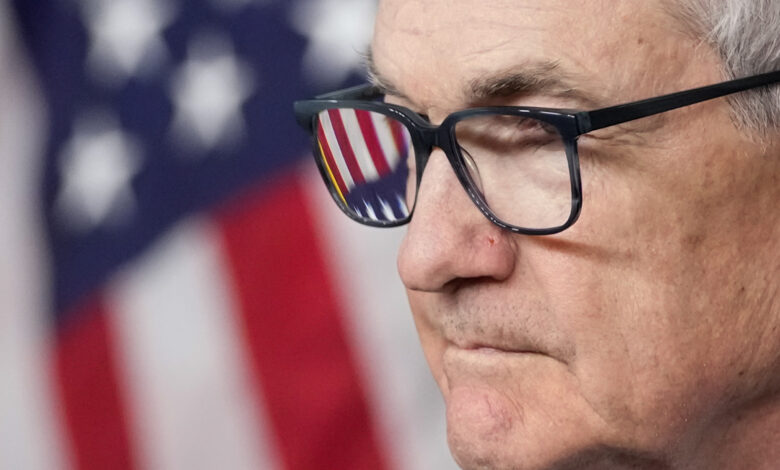Fed’s Powell: Rate cuts likely this year, but more evidence is needed that inflation is tamed

WASHINGTON (AP) — Chair Jerome Powell reinforced his belief Wednesday that the Federal Reserve will cut its key interest rate this year but that it first wants to see more evidence that inflation is falling sustainably back to the Fed’s 2% target.
Powell noted that inflation is slowing for both goods and services and did not express concern about the government’s latest inflation data, which showed some pickup in price increases in January. Instead, he said that, according to the Fed’s preferred gauge, inflation “has eased notably over the past year” even though it remains above the Fed’s target.
The Fed chair’s remarks, in prepared testimony to a House committee, echoed the message he expressed at his most recent news conference on Jan. 31. At that time, he said the Fed’s interest-rate setting committee needed “greater confidence” that inflation was nearly in check before it would reduce its benchmark rate.
On the first of his two days of semi-annual testimony to Congress, Powell also suggested that the Fed faces two roughly equal risks: Cutting rates too soon — which could “result in a reversal of progress” in reducing inflation — or cutting them “too late or too little,” which could weaken the economy and hiring.
The financial markets are consumed with divining the timing of the Fed’s first cut to its benchmark rate, which stands at a 23-year high of about 5.4%. A rate reduction would likely lead, over time, to lower rates for mortgages, auto loans, credit cards and many business loans. Most analysts and investors expect a first rate cut in June, though May remains possible. Fed officials have projected that they will cut rates three times this year.
Powell’s testimony to the House Financial Services Committee coincides with intensified efforts by the Biden administration to stem public frustration with inflation, which erupted three years ago and has left average prices well above where they were before. President Joe Biden’s bid for re-election will pivot in no small part on voter perceptions of his handling of inflation and the overall economy.
The administration is trying to crack down on what it calls unjustified price hikes by many large companies. Biden recently attacked “shrinkflation,” whereby a company shrinks the contents of a product rather than raise its price. The president has also sought to limit so-called “junk fees,” which in effect raise the prices that consumers pay.
Overall inflation has steadily cooled, having measured at just 2.4% in January compared with a year earlier, according to the Fed’s preferred gauge, down from a peak of 7.1% in 2022. Yet recent economic data have complicated the picture and clouded the outlook for rate cuts.



